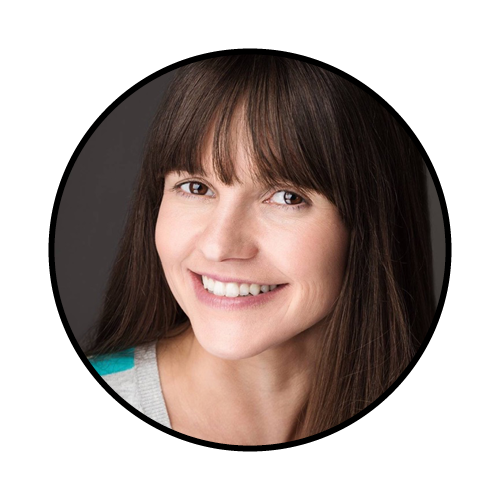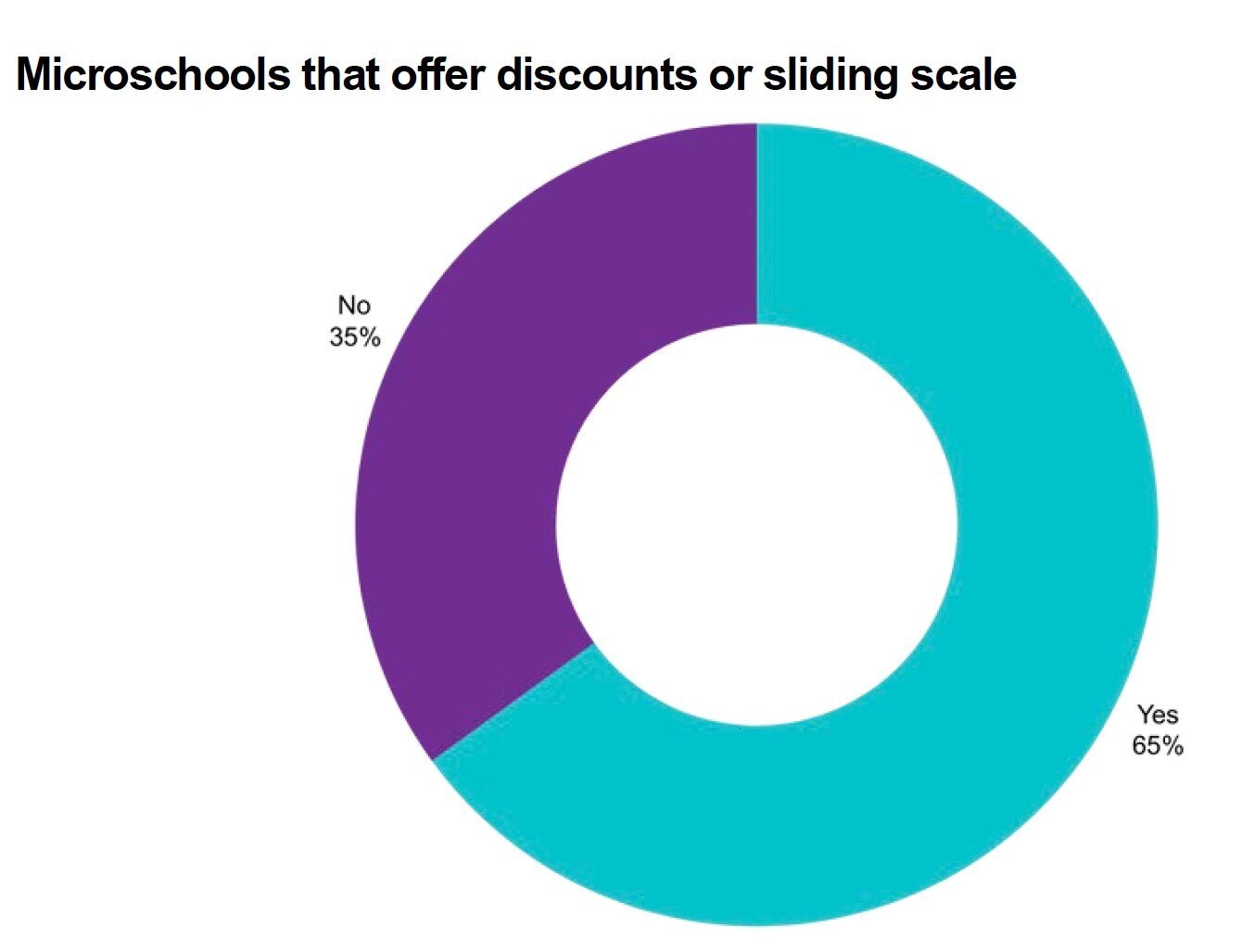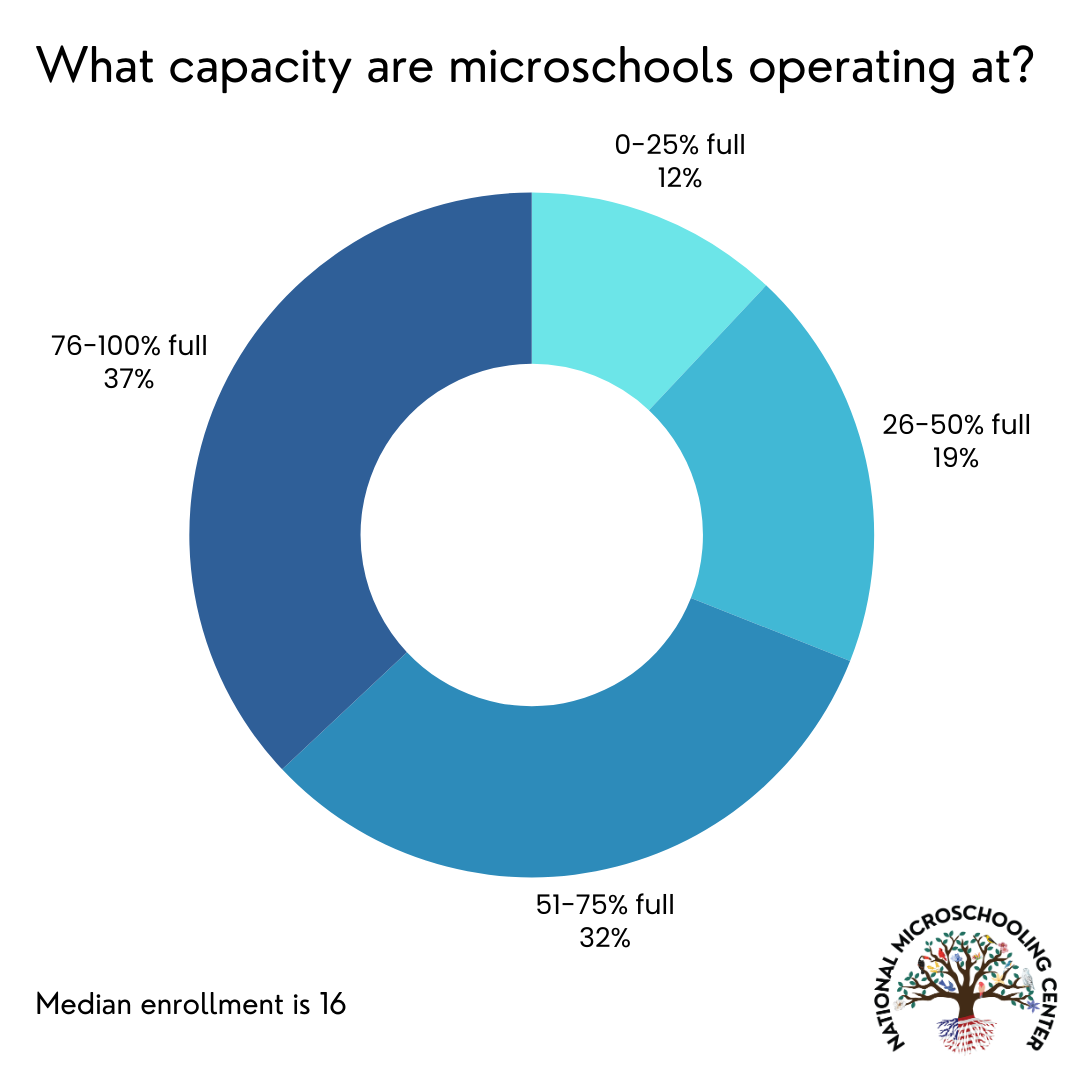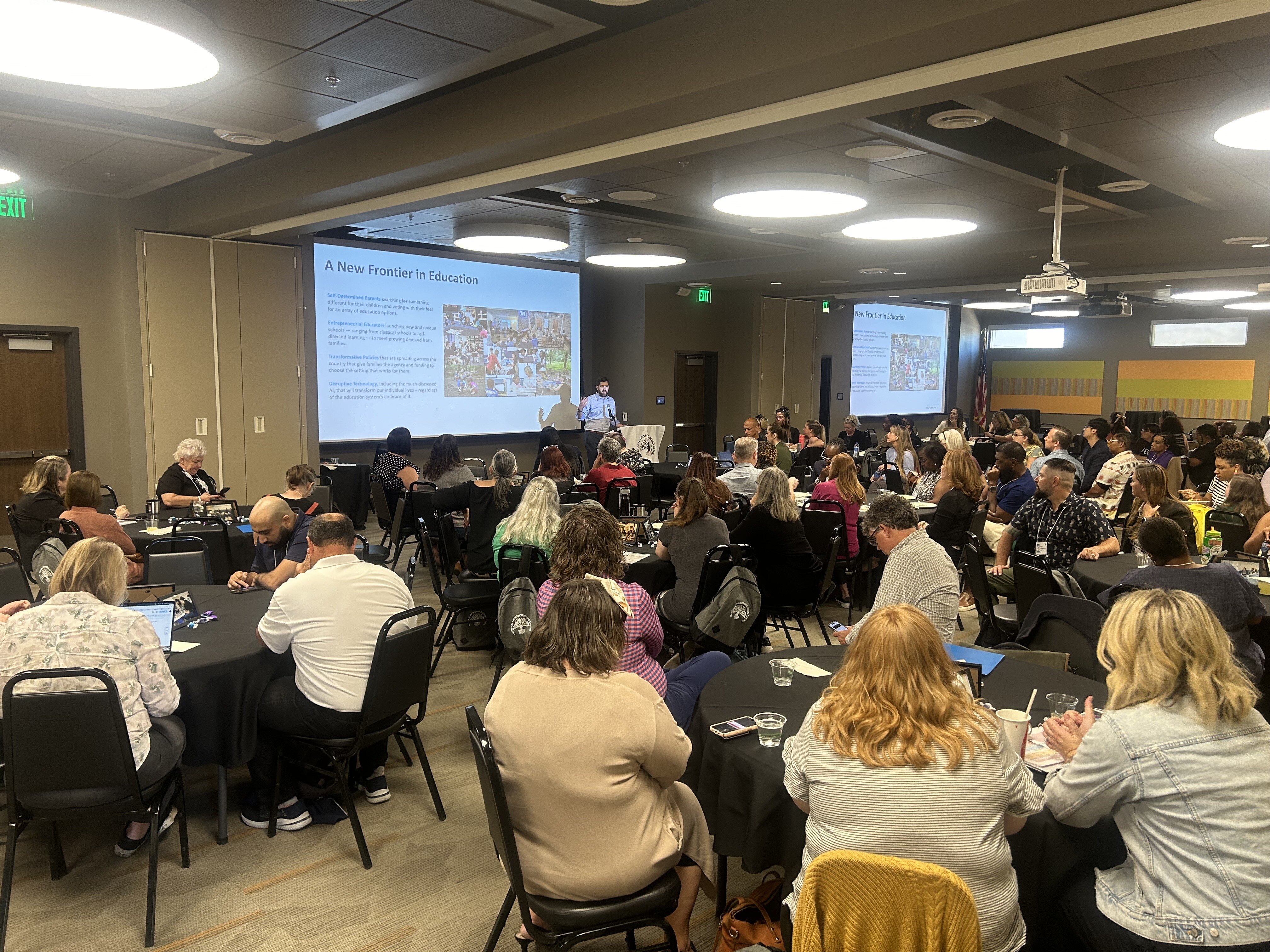Microschools, Tuition Discounts and Philanthropy
Most microschools offer tuition discounts, regardless of whether they've received philanthropic support.
3 min read
 Ashley Soifer
:
Sep 11, 2025 12:09:25 AM
Ashley Soifer
:
Sep 11, 2025 12:09:25 AM

A child’s growth in their second year at a microschool depends above all on one thing: is the microschool doing what it promised to do?
When families talk about their first year in a microschool, the stories feel magical. Parents describe children who wake up excited for school, who have friends for the first time, who are free from bullying, who rediscover confidence, and who grow in ways that once felt out of reach. For many, that first year is transformative not just for the student, but for the entire family.
But what happens in year two?
As the newness fades, so often does the thrill. The things that once seemed extraordinary, joy in learning, a safe environment, belonging, can become expected. That’s a good thing. It means a new baseline of health and growth has been established. It also poses a challenge for microschool founders: how do you ensure that year two feels as meaningful and inspiring as year one?
The answer lies in mission.
The Second-Year Slump Is Real
Parents don’t usually describe the second year with the same wide-eyed wonder as the first. That doesn’t mean the school is doing anything wrong, just that the novelty has worn off, the initial “wow factor” of a microschool experience eventually levels out.
In year two, families begin to look beyond those initial gains that were so easily seen. They ask different questions:
If year one is about rediscovery, year two is about delivering on trust. Parents are watching closely to see if the microschool delivers not just on excitement, but on its promises.
Mission as the Anchor
Every microschool founder learns how important it is to articulate a mission. The student’s second year is where that mission gets tested. Is it just words on a website or is it the living heartbeat of the microschool?
The best microschools make their mission visible in daily activities. A microschool committed to learner-driven exploration will have projects and decision-making structures that allow students to truly lead. A microschool built on academic rigor will have clear evidence of mastery and growth benchmarks. A microschool that champions community will demonstrate how students and families are connected in meaningful, ongoing ways to the business, organizations and members of their community.
Parents should be able to describe the mission, not because they memorized a tagline, but because they can point to what they see happening in the lives of their children.
How Founders Can Keep Year Two Strong
What does it look like to keep the magic alive in year two? Here are a few strategies microschool founders are using to ensure that families don’t just start strong but stay strong.
1. Return to the “Why”
Revisit your founding mission regularly with staff, students and families. Don’t assume everyone remembers it. Reframing decisions, communications, and celebrations around your “why” reinforces that your microschool is about more than novelty, it’s about purposeful intentions.
Families want assurance that learning isn’t just happening, rather that it’s moving forward with depth and purpose. Whether through portfolios, exhibitions, assessments, or narrative reports, microschool founders make student progress visible in meaningful ways in year two for students. These founders know that parents experienced tremendous growth in the child’s first year and that it’s important to show the more nuanced growth that so often happens in year two. Year two is about celebrating growth in skills, knowledge, and character, not just the absence of past problems, which we typically see families celebrate in year one.
The first year often focuses on establishing culture and confidence. In year two, strong founders introduce deeper projects, leadership opportunities or advanced learning pathways. Students who felt safe and successful in year one are ready to stretch further in year two.
4. Keep Parents in the Loop
A parent who can easily explain your mission to a friend is a parent who trusts your work. Offer regular touchpoints such as newsletters, showcases, and conversations that clearly connect educational activities back to your mission. Don’t just describe what happened, explain why it matters.
5. Stay Consistent
Parents are alert to mission drift. If you promised a focus on hands-on science or learning through experiences but drift into worksheets, families will notice. Consistency builds trust. Innovation is welcome, but it should always be rooted in your core values.
One simple test for year two is this: ask parents what your microschool is all about. If they can articulate your mission in their own words, pointing to real experiences their child has had, you are succeeding. If their answers are vague “It’s better than our old school” it may be time to strengthen how clearly your mission comes through in daily practice.
Parents need lived proof. When they see it, they will become your strongest advocates, telling others not just that your microschool feels good, but that it stands for something clear and lasting. That their child is growing in all the ways your microschool mission promises.
Beyond the Honeymoon
Microschools are still young in the broader education landscape, but one lesson is already clear: year two with a family matters. Their first year at a microschool creates excitement; the second year cements your identity with the family. Founders who lean into their mission, who make learning growth visible, and who help parents connect the dots between values and practice are building more than a good year, they’re building a sustainable community of trust.
Because the real measure of a microschool’s success isn’t whether the first year a child attends feels like magic to the family, it’s whether that magic matures into purpose that lasts.

Most microschools offer tuition discounts, regardless of whether they've received philanthropic support.

Being small learning environments is a big part of microschooling’s identity (and appeal), with a median average enrollment of 16 students. Is this...

This article is adapted by the author from a presentation to the National Microschool Founders and Leaders Summit at Nevada State University in...